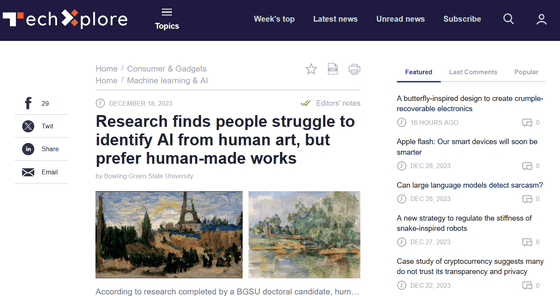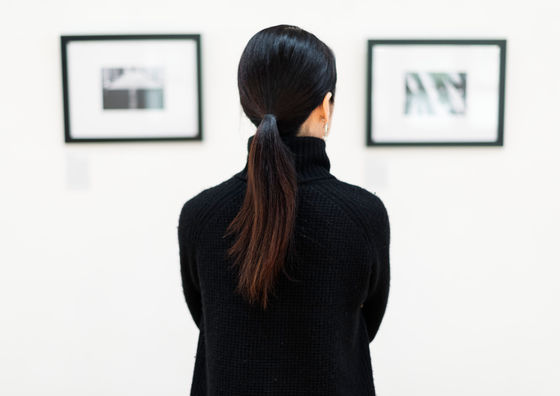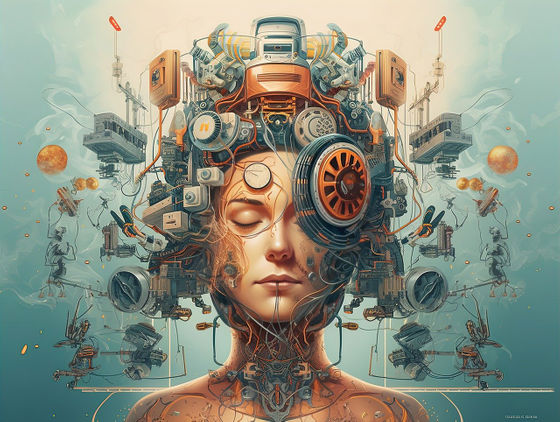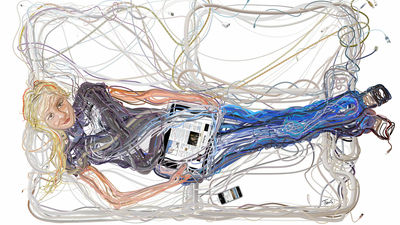It turns out that people intuitively prefer human paintings to ``paintings generated by AI'', and AI works may be falling into the ``uncanny valley phenomenon''

When we conducted an experiment in which people compared paintings output by image generation AI with paintings drawn by humans, we found that even if it was not clear who had drawn the painting, the human drawings were rated higher and felt more familiar. It was done.
Artificial intelligence and art: Identifying the aesthetic judgment factors that distinguish human- and machine-generated artwork.
Research finds people struggle to identify AI from human art, but prefer human-made works
https://techxplore.com/news/2023-12-people-struggle-ai-human-art.html

The impetus behind this research was the question, ``As generative AI models continue to improve, will humans be able to tell the difference between an AI-generated picture and a human-drawn picture?'' That's the question asked by Andrew Samo, a doctoral candidate at Greene State University, and professor Scott Highhouse.
Past research has shown that people are biased towards the works of AI, but it was unclear what would happen if they were to compare the works of humans and AI without any preconceived notions when they could no longer distinguish between the works of humans and AI.

To find the answer to this question, Samo and his colleagues showed participants a series of paintings without knowing that they contained AI-generated images, which they developed to quantify artistic emotions and experiences. We conducted an experiment in which participants were evaluated using psychological measurements.
The results showed that even though participants were able to guess the source of a piece of art just over half the time, or about the same accuracy as a coin toss, they consistently felt more positive about works created by humans. I understand.
There were 30 to 50 aesthetic judgment factors that served as the basis for psychometric measurements, but there were mainly four that showed major differences between human and AI works. Specifically, works of art created by humans received higher scores for '

Interestingly, when I asked the participants why they felt that way, they couldn't answer. Samo and his colleagues believe that this is probably because the brain detects subtle differences between AI and human works.
Commenting on this result, Sammo said, ``One possible explanation is the uncanny valley effect, where something that tries to appear human-like is slightly off. There are probably small incongruities in works and creative stories that only people's subconscious minds can recognize.'
The authors of this paper, Samo and Highhouse, are pursuing the potential of generative AI. Since generative AI has progressed rapidly between the time Samo and his colleagues conducted their experiments and published their results in a paper, Sammo says, ``Some new AI models are faithful to the real world. 'There are now systems that can generate high-quality images using AI. It would be interesting to redo this experiment using such AI.'
Related Posts:







